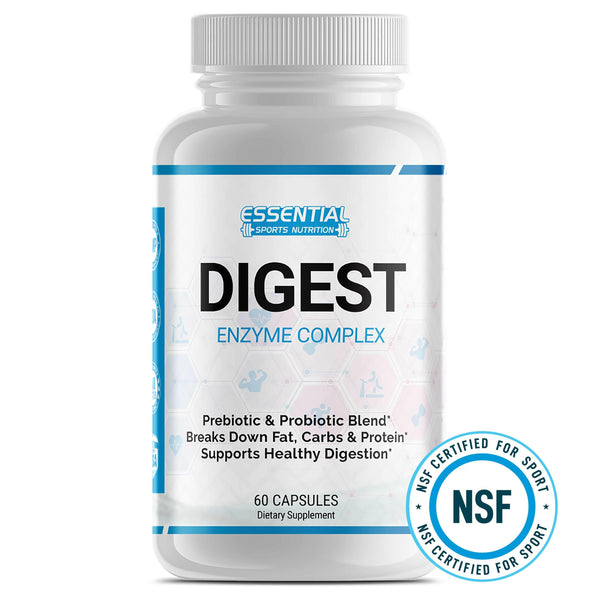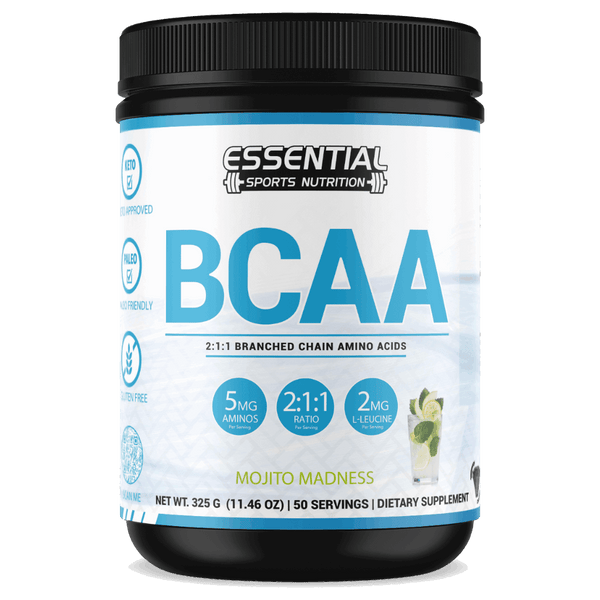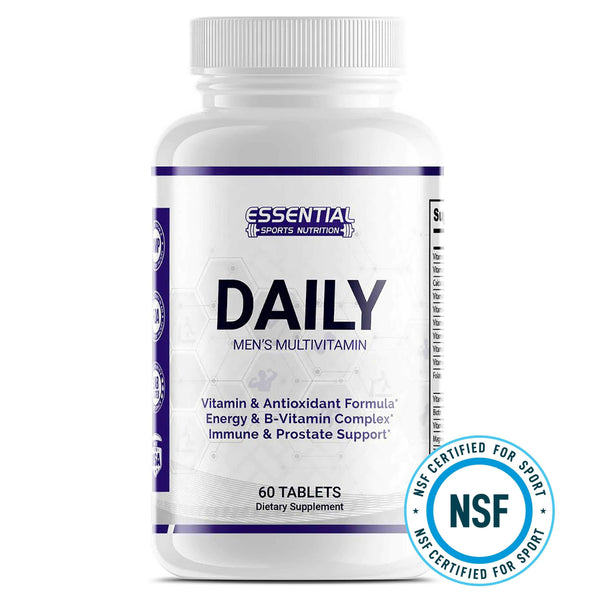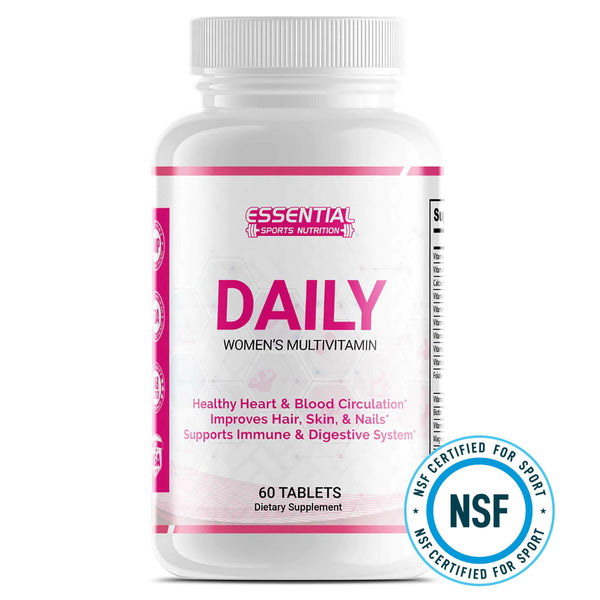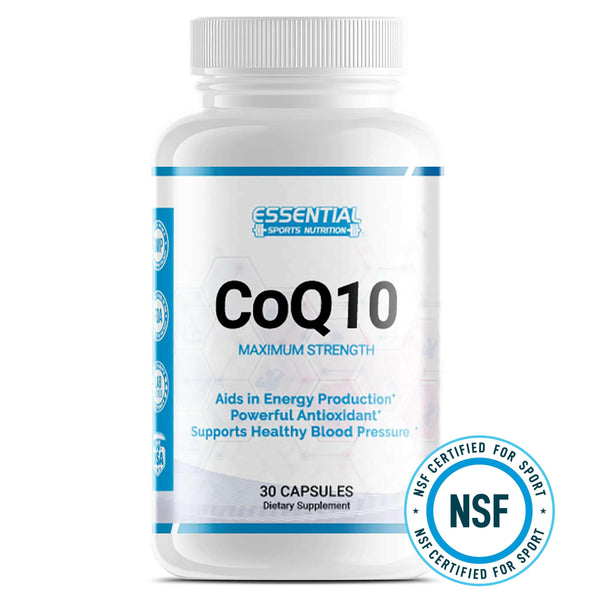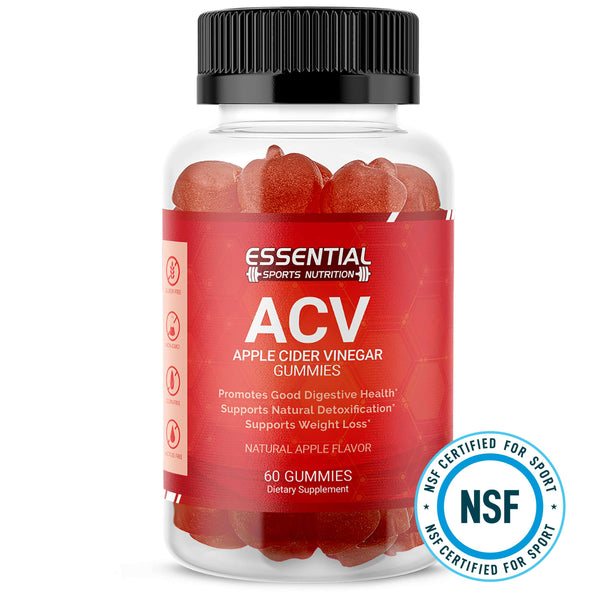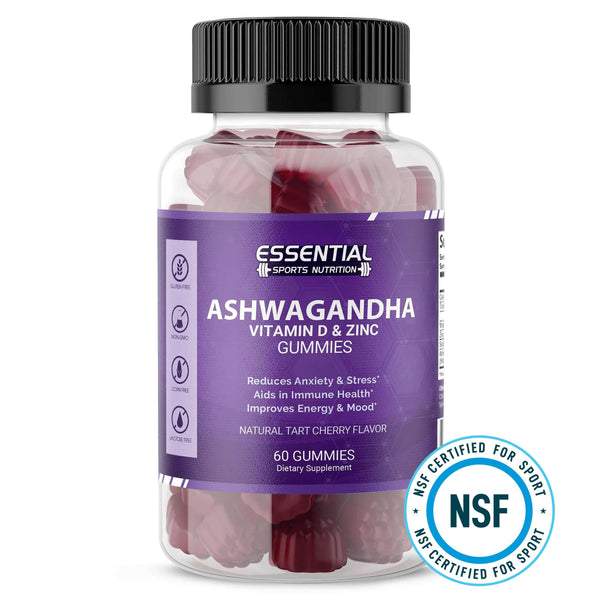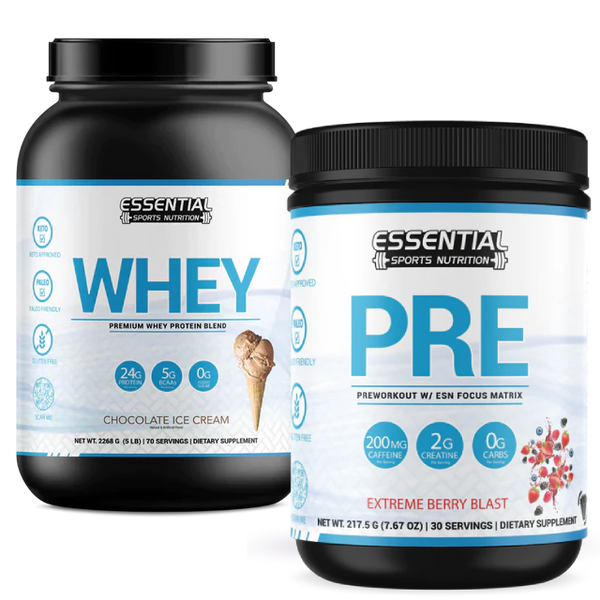Game-Changer Alert! Senior Friendly Cardio Exercises You Must Try
Engaging in regular cardio is crucial for your health and well-being as you age. Activities like brisk walking, swimming, and biking are gentle on your joints but still highly effective. These exercises can improve cardiovascular health, boost cognitive function, and help manage your weight. Aim for 150-300 minutes of moderate-intensity cardio weekly, starting with what feels manageable. Consult with your healthcare provider before beginning any new routine to ensure it's safe for you. Gradually increasing your intensity and duration will help you stay injury-free. Discover more about how these exercises can greatly enhance your daily life.

Key Takeaways
- Brisk walking, swimming, and biking are effective and low-impact cardio exercises for seniors.
- Aim for 150-300 minutes of moderate-intensity cardio weekly for optimal health benefits.
- Cardio exercises enhance cardiovascular health, cognitive function, and mental well-being.
- Start with moderate activities and gradually increase intensity to avoid injury.
- Always consult a healthcare provider before beginning a new cardio routine.
Types of Cardio Exercises for Seniors
When contemplating types of cardio exercises, one should opt for activities like brisk walking, swimming, and biking that can effectively enhance your cardiovascular health and overall well-being. These forms of cardio are particularly beneficial for seniors, as they are low-impact yet highly effective in maintaining heart health. Brisk walking can be easily incorporated into your daily routine, allowing you to enjoy the fresh air while keeping your heart rate up. Swimming, on the other hand, offers a full-body workout that is gentle on the joints, making it an excellent option for those with arthritis or other joint issues. Biking provides a mix of aerobic exercise and enjoyment, whether you're cycling outdoors or using a stationary bike.
In addition to these, you might find pickleball and tennis to be engaging alternatives. These sports boost your cardiovascular health and add a social element, making your workouts more enjoyable. For those seeking a more intense workout, High-Intensity Interval Training (HIIT) can be a suitable choice. HIIT involves short bursts of intense activity followed by rest, and it's proven to be effective in reducing the risk of chronic diseases. By incorporating various cardio exercises, you can prevent boredom and create a well-rounded fitness routine that supports your overall well-being.
Health Benefits of Cardio Workouts

Engaging in cardio exercises offers seniors a multitude of health benefits, including improved cardiovascular health, better sleep, and enhanced cognitive function. Regular cardio workouts are a powerful tool in maintaining heart health, greatly reducing the risk of heart disease, stroke, and diabetes. By following physical activity guidelines, you can improve your cardiovascular health, leading to a healthier heart and circulatory system.
Beyond heart health, cardio exercise assists in weight management, which is essential for preventing chronic diseases. When you incorporate consistent cardio routines into your lifestyle, you'll find that your stamina and endurance increase, making everyday activities easier and more enjoyable. This boost in senior fitness directly translates to a higher quality of life.
Engaging in cardio workouts has been shown to enhance mental well-being. It can alleviate symptoms of depression and anxiety, offering a natural way to boost your mood. Better cognitive function and improved sleep are additional health benefits you can experience from regular physical activity.
Recommended Duration
To achieve peak health benefits, the National Institute on Aging recommends seniors aim for 150-300 minutes of moderate-intensity cardio each week. This might sound like a lot, but breaking it down into manageable sessions can make it easier to fit into your routine. Alternatively, you can engage in 75 minutes of vigorous-intensity cardio per week. Both approaches are designed to lower the risk of heart disease, stroke, and other chronic conditions.
Moderate-intensity cardio includes activities like brisk walking or leisurely cycling. These can elevate your heart rate into the target heart rate zones without causing undue strain. Vigorous-intensity cardio, such as running or high-intensity interval training, can be more challenging but offers similar health benefits in less time.
Tracking your target heart rate zones can guide you to make sure you're exercising at the right intensity. Tools like the CDC's scale can help monitor your efforts. Meeting these guidelines may seem challenging, but the benefits—such as reduced risk of chronic conditions and improved cardiovascular health—make it worthwhile. Remember, consistency is key, and any activity is better than none. Start small, and gradually increase your efforts to meet these important health goals.
Intensity Levels

Understanding intensity levels in cardio workouts is essential for seniors to guarantee both safety and effectiveness in their exercise routines. By knowing how to measure and monitor intensity, you can ensure your workouts are helping, not harming, your health.
Moderate-intensity cardio workouts for seniors should aim for 50-70% of your maximum heart rate. This translates to a target heart rate zone of 64-76%. On the other hand, vigorous-intensity workouts fall within 70-85% of your maximum heart rate, with a target zone of 77-93%. Here's a quick guide:
- Moderate-intensity: 50-70% of maximum heart rate
- Vigorous-intensity: 70-85% of maximum heart rate
- Target heart rate zones: 64-76% (moderate), 77-93% (vigorous)
For seniors with heart conditions or joint pain, starting with lower intensity levels and gradually increasing as tolerated is important. This approach minimizes risks and allows your body to adapt safely. Always monitor intensity during your cardio workouts to stay within your target heart rate zones. Use tools like heart rate monitors or simply check your pulse.
Getting Started
Before diving into a new cardio routine, it's important to consult with your healthcare provider to make sure the exercises are vital and tailored to your health needs. This step guarantees that your fitness journey starts on the right foot, especially for older adults who may have specific health considerations.
Start by incorporating moderate-intensity activities such as brisk walking or swimming. These low-impact exercises are gentle on your joints and muscles, making them ideal as you ease into your new exercise program. Begin with short sessions, around 10 to 15 minutes, and gradually increase the duration and intensity. This approach helps prevent injury and allows your body to build stamina safely.
Maintaining good posture is essential during your workouts to avoid strains and enhance exercise effectiveness. Adding strength training to your routine can also support overall fitness and improve your cardio workout routine.
Consider joining group classes designed for older adults. These classes offer the benefits of professional guidance, social interaction, and structured routines. A physical therapist can also provide personalized advice to make sure your exercises are both safe and effective.
Conclusion

Incorporating cardio into your routine can be a game-changer, gently enhancing your golden years with vitality. It's more than just movement; it's a pathway to get your heart pumping, increased stamina, and a happier frame of mind. Start slow, listen to your body, and gradually increase your effort. You don't need to become a marathon runner—just a little consistent effort can greatly uplift your quality of life. So, lace up those shoes and take that first step toward a healthier you.
Benefits of Cardio Exercise for Seniors FAQs
Q: What are the benefits of cardio for seniors?
A: Cardiovascular exercise helps improve heart health, increase your heart rate, and overall health. It is important for seniors to stay active and maintain a healthy lifestyle.
Q: Which are the top cardio exercises for seniors?
A: Some of the best types of exercises for seniors include water aerobic activity, chair exercises, and easy cardio exercises that cater to their fitness level.
Q: Why is cardio workout important for older adults?
A: Regular cardio exercise for older adults can help improve cardiovascular health, manage high blood pressure, and promote healthy aging.
Q: How much exercise do seniors need per day?
A: Seniors are recommended to engage in at least 30 minutes of moderate-intensity exercise most days of the week to maintain an active lifestyle and improve their overall health.
Q: What are some senior-friendly cardio exercises?
A: Seniors can benefit from activities like water aerobics, walking, cycling, and low-impact aerobic exercises that are gentle on the joints and help keep the heart pumping.
Q: What is the significance of strength training exercises for seniors?
A: Strength training exercises for seniors help improve balance, muscle strength, and bone density, complementing the benefits of cardio workouts for overall health and well-being.
Q: How does cardio exercise contribute to improving heart health?
A: Cardio workouts increase the heart rate, strengthen the cardiovascular system, and help reduce the risk of heart disease by promoting better circulation and oxygen delivery throughout the body.
Q: What Is the Best Cardio Exercise for Seniors?
A: You should choose a low-impact cardio exercise like brisk walking or swimming. They're easy on your joints and backed by research, helping you achieve the recommended 150-300 minutes per week for peak cardiovascular health.
Q: How Much Cardio Should a 70-Year-Old Do?
A: You should aim for 150 minutes of moderate-intensity or 75 minutes of vigorous-intensity cardio weekly. This balance, according to medical guidelines, can markedly improve your heart health and reduce the risk of chronic conditions.
Q: What Exercise Should a 70-Year-Old Do?
A: Imagine your body as a well-oiled machine. At 70, engage in brisk walking, swimming, or biking. Add strength training, balance exercises, and stretching for a holistic approach. You'll boost cardiovascular health, strength, and flexibility.
Q: What Is the Best Exercise Program for Seniors?
A: The best exercise program for seniors includes cardio, strength training, flexibility, and balance exercises. Consult your healthcare provider to tailor a program to your needs. Consider programs like SilverSneakers for structured, evidence-based workouts designed for seniors.



